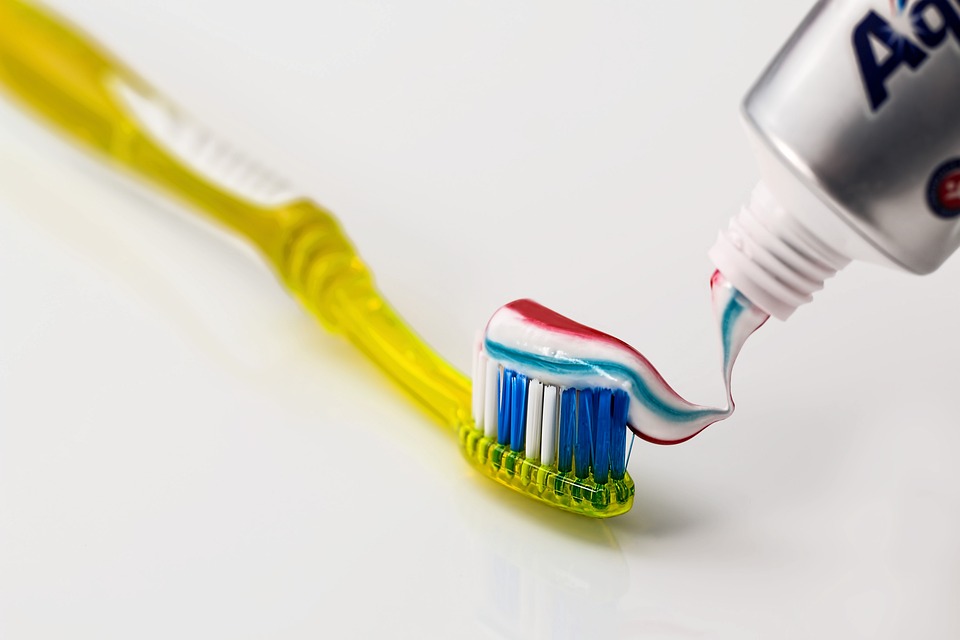Unmasking the Hidden Dangers of Oral Pathology: Understanding the Risks
Oral pathology refers to the study and diagnosis of diseases that affect the oral cavity, including the lips, tongue, cheeks, and gums. While many people are aware of common oral health issues such as cavities and gum disease, there are hidden dangers of oral pathology that often go unnoticed. Understanding these risks is crucial for maintaining oral health and overall well-being. In this article, we will delve into the hidden dangers of oral pathology and provide insights into how to protect yourself.
The Hidden Dangers of Oral Pathology
1. Oral Cancer: One of the most significant hidden dangers of oral pathology is oral cancer. This malignant growth can develop in any part of the mouth, including the tongue, lips, gums, and throat. Oral cancer often goes undetected in its early stages, making it crucial for individuals to undergo regular oral cancer screenings. Early detection can significantly increase the chances of successful treatment and recovery.
2. Oral Infections: Oral pathology can also manifest in the form of various infections. These infections can be caused by bacteria, viruses, or fungi and may lead to painful symptoms such as swelling, redness, and difficulty in chewing or swallowing. Common oral infections include thrush, oral herpes, and periodontal abscesses. Proper oral hygiene, including regular brushing, flossing, and dental check-ups, can help prevent these infections.
3. Salivary Gland Disorders: The salivary glands play a crucial role in oral health by producing saliva, which helps in digestion and protecting the mouth against harmful bacteria. However, certain disorders can affect the proper functioning of these glands, leading to dry mouth (xerostomia) or excessive salivation. Both conditions can have detrimental effects on oral health, including an increased risk of tooth decay and oral infections.
4. Oral Lesions: Oral pathology can also present itself in the form of various lesions or abnormal growths in the mouth. These lesions can range from harmless canker sores to potentially malignant conditions such as leukoplakia or erythroplakia. It is essential to have any persistent or unusual oral lesions examined by a dental professional to rule out any underlying pathology.
Understanding the Risks
Now that we have explored the hidden dangers of oral pathology, it is essential to understand the risks associated with these conditions. By being aware of these risks, individuals can take proactive measures to protect their oral health and overall well-being.
1. Tobacco and Alcohol Use: Tobacco use, including smoking and chewing tobacco, significantly increases the risk of developing oral cancer. Similarly, excessive alcohol consumption can also contribute to an increased risk. It is crucial for individuals to quit tobacco use and moderate their alcohol intake to reduce these risks.
2. Poor Oral Hygiene: Neglecting proper oral hygiene practices can lead to various oral pathologies, including infections, gum disease, and oral lesions. Regular brushing, flossing, and dental check-ups are essential for maintaining oral health and preventing the hidden dangers of oral pathology.
3. Sun Exposure: Prolonged and unprotected exposure to the sun’s harmful UV rays can increase the risk of lip cancer. It is crucial to use lip balms or sunscreens with appropriate SPF when spending time outdoors to protect the lips from sun damage.
4. Unhealthy Diet: A diet lacking in essential nutrients, particularly fruits and vegetables, can weaken the immune system and make individuals more susceptible to oral pathologies. A balanced diet rich in vitamins and minerals is crucial for oral health and overall well-being.
Frequently Asked Questions (FAQs)
1. How often should I undergo oral cancer screenings?
It is recommended to undergo oral cancer screenings at least once a year, especially for individuals with high-risk factors such as tobacco or alcohol use. Regular dental check-ups provide an opportunity for your dentist to perform a thorough examination and detect any signs of oral cancer.
2. Can oral pathology be prevented?
While some oral pathologies may not be entirely preventable, individuals can significantly reduce their risk by practicing good oral hygiene, avoiding tobacco and excessive alcohol use, protecting their lips from sun damage, and maintaining a healthy diet.
3. What should I do if I notice an unusual lesion or growth in my mouth?
If you notice any persistent or unusual oral lesions, it is crucial to schedule an appointment with your dental professional. They can examine the lesion and determine if further investigation or treatment is necessary.
4. Are there any specific oral hygiene practices I should follow to prevent oral pathologies?
Proper oral hygiene practices include brushing your teeth at least twice a day with a fluoride toothpaste, flossing daily, using mouthwash, and visiting your dentist regularly for check-ups and cleanings. These practices help remove plaque, bacteria, and food particles that can contribute to oral pathologies.
For more information on oral pathology and the hidden dangers it poses, you can visit examplelink.com. This resource provides valuable insights and resources to help you better understand and protect your oral health.
In conclusion, understanding the hidden dangers of oral pathology is essential for maintaining oral health and overall well-being. By being aware of the risks and taking proactive measures, individuals can minimize their chances of developing oral pathologies and ensure a healthier smile.






